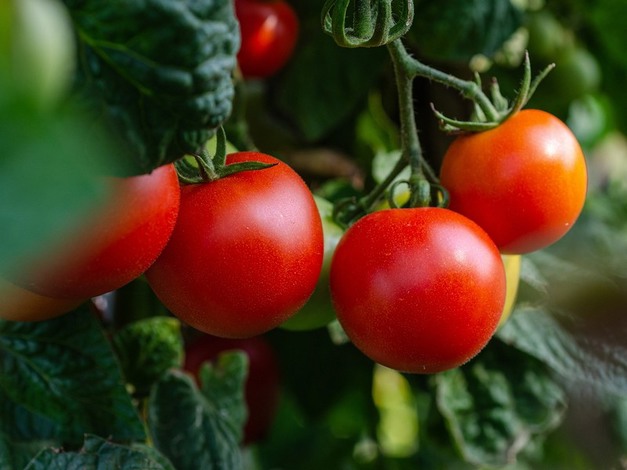On May 26, the European Commission published in the Official Journal of the European Union an implementing regulation laying down measures to prevent the introduction into and spread of the tomato brown rugose fruit virus (ToBRFV) in the European Union and amending regulation (EU) 2020/1191.

As the regulation explains, "Tomato brown rugose fruit virus (ToBRFV) is not currently included in the EU quarantine pest list nor in the list of regulated non-quarantine pests contained in the Commission's Implementing Regulation (EU) 2019/2072. However, it meets the criteria set out in Regulation (EU) 2016/2031 for a preliminary assessment to identify pests, which are provisionally classified as EU quarantine pests requiring the application of temporary measures."
"Following the adoption of Implementing Regulation (EU) 2020/1191, more recent scientific information on the spread of the specified pest and on the methods of analysis has been collected. In addition, the audits carried out by the Commission services provided information on the implementation of the provisions and their impact on protection against the spread of the disease. This justifies the need to adopt a new act with more detailed measures than those provided for in that regulation."
"In order to ensure the most proactive approach to plant health protection, measures should be provided for situations in which any person within EU territory suspects or becomes aware of the presence of this pest, including its notification to the competent authority and the actions to be taken."
Thus, "if the presence of the specified pest is officially confirmed in the territory of a Member State, the competent authority of said Member State should establish a demarcated area to ensure the eradication of the pest and the prevention of its spread to the rest of the Union's territory."
"In order to ensure the most appropriate and proportionate approach, different rules should be adopted for the demarcation of the affected area when the presence of the specified pest is confirmed in physically protected production sites." In addition, "in order to ensure a more proactive approach to the protection of Union territory against the specified pest, Member States should carry out annual surveys to detect the presence of the specified pest in their territory."
Regarding the transit of plant material within the EU, "rules should be established for the movement within the Union of seeds of Solanum lycopersicum L. and its hybrids, as well as Capsicum spp., and plants for planting." However, the regulation specifies "that exempting seeds and specified plants belonging to varieties known to be resistant to the specified harmful organism from these requirements is proportionate because, in the case of these plants, the corresponding pest risk is reduced to an acceptable level. Member States must submit to the Commission and other Member States a list of these resistant varieties, which must be regularly updated."
"In order to give third countries, competent authorities, and professional operators enough time to adapt to the provisions of this Regulation, this Regulation will apply from September 1, 2023."
You can read the entire regulation here.
